High Key photography is used extensively in fashion, portraiture and increasingly in product photography.
Today we’re going to talk a little about what’s required for creating beautifully executed high key photography.
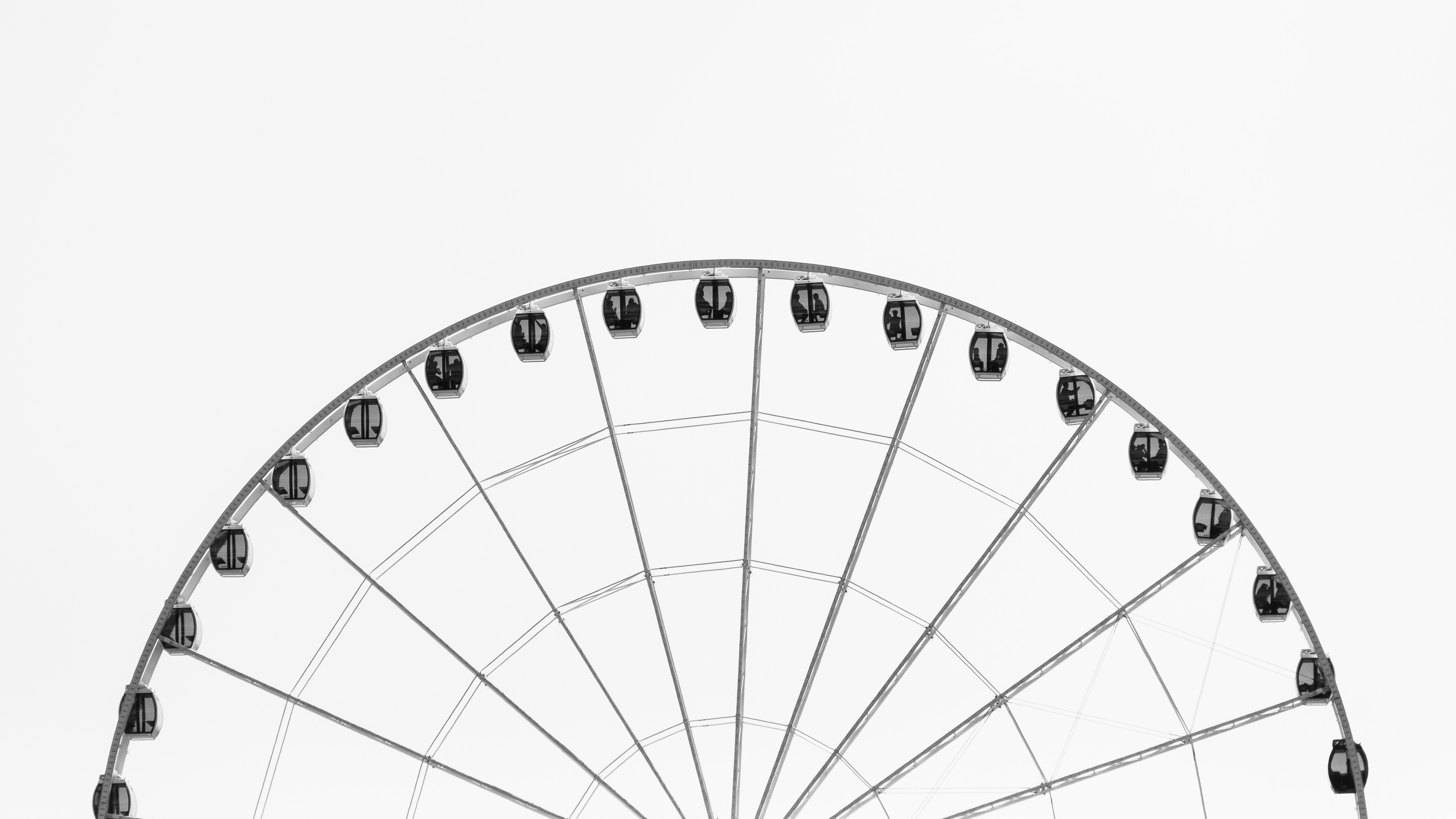
What Is High Key Photography
Back in the early days of photography, film didn’t have a huge range. It couldn’t deal with the pure whites and heavy blacks that we can get today (At least, not in the same frame).
Because of this, photographers and film-makers would only shoot in midtones and into the high tones OR they would shoot low key images.
The way that the High Key images were lit meant that a lot of shadows were completely blown out.
This is absolutely perfect for fashion or beauty images, as shadows on the face generally make for a far less flattering image.
Now instead of film limitations, shooting High Key images is a stylistic choice and is used widely in fashion shoots and portraiture.
Over the last few years, we’ve seen an increase in the use of High Key photography for products, especially Apple with their gorgeous iPhones looking sleek against a pure white background.
This use of High Key really highlights the product and makes it stand out… The use of High Key as a style has also become associated with high-quality brands.
As mentioned previously, the opposite of High Key is Low Key, which involves very dark scenes, coupled with very deep shadows.
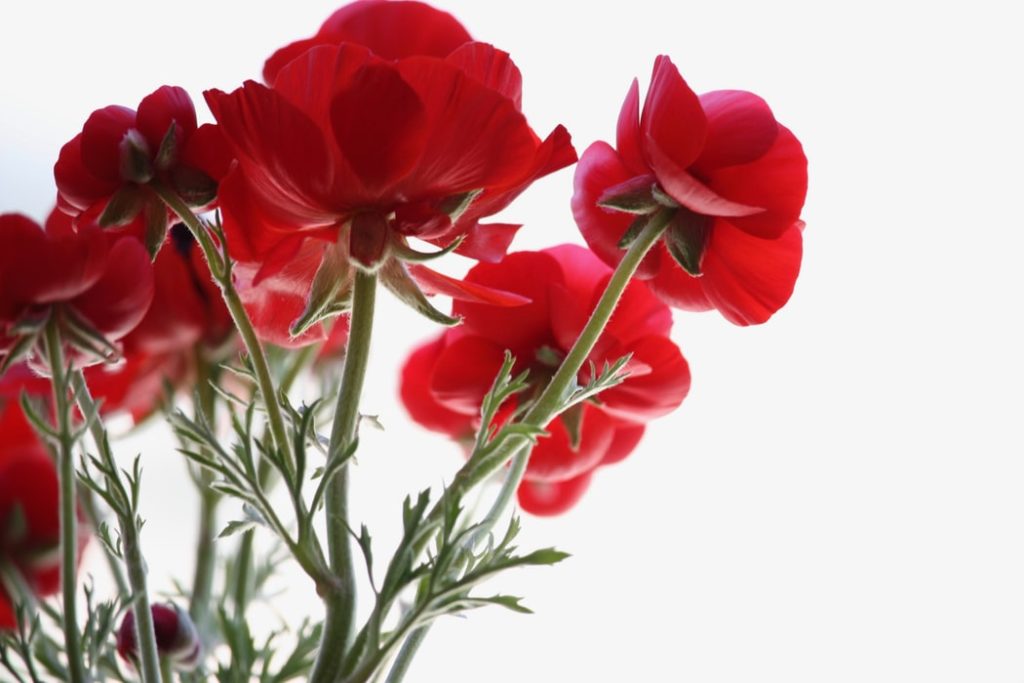
Equipment For High Key photography.
Shooting indoors is not an easy task and shooting High Key inside is virtually impossible, without the right equipment.
You’ll need a pure white background and as a bare minimum three studio lights, but preferably four.
While it is possible to achieve the High Key look with continuous lighting, it is really not the best way.
This type of lighting often doesn’t have quite enough power to get the look we want to achieve and then doesn’t have enough manual control to get the balance between background and subject just right.
You’ll need a white background of some description, whether this is just a pure white wall or a roll of photographers background.
High Key photography is a LOT easier if you have a fair amount of space around you!
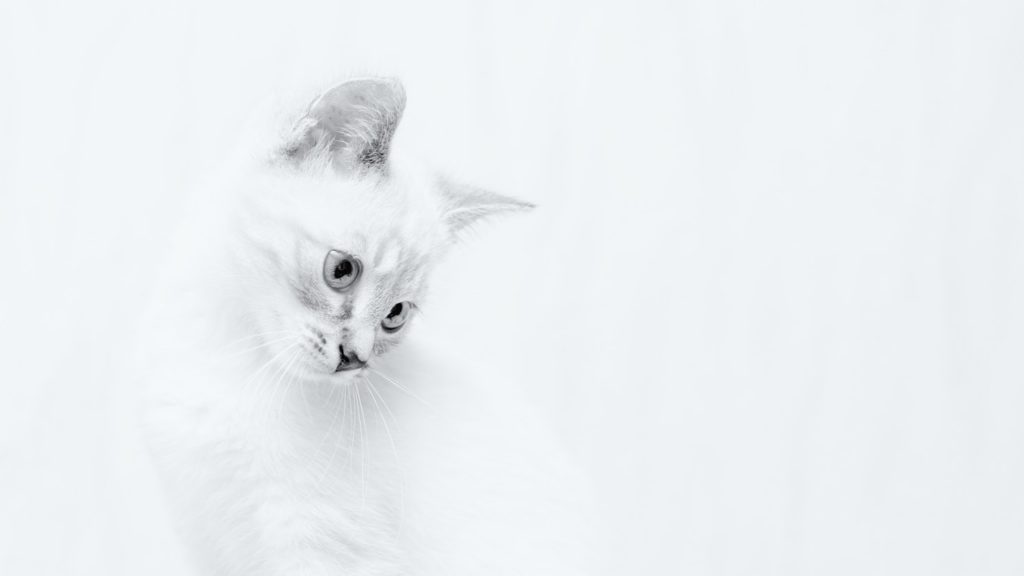
Lighting Your Background
First things first, you need to light your background. We want one light either side of where your subject is going to be, pointing directly at the background.
These lights should be at exactly the same power either side, so we get a nice evenly lit backdrop.
Make sure that the lights aren’t too close to the background, or you may get hot spots, where one section of light is significantly lighter than the others.
Ensure that the lights aren’t angled towards the subject, otherwise, you may get light spill, which is similar in effect to lens flare.
Great, you now have your background nicely and evenly lit.
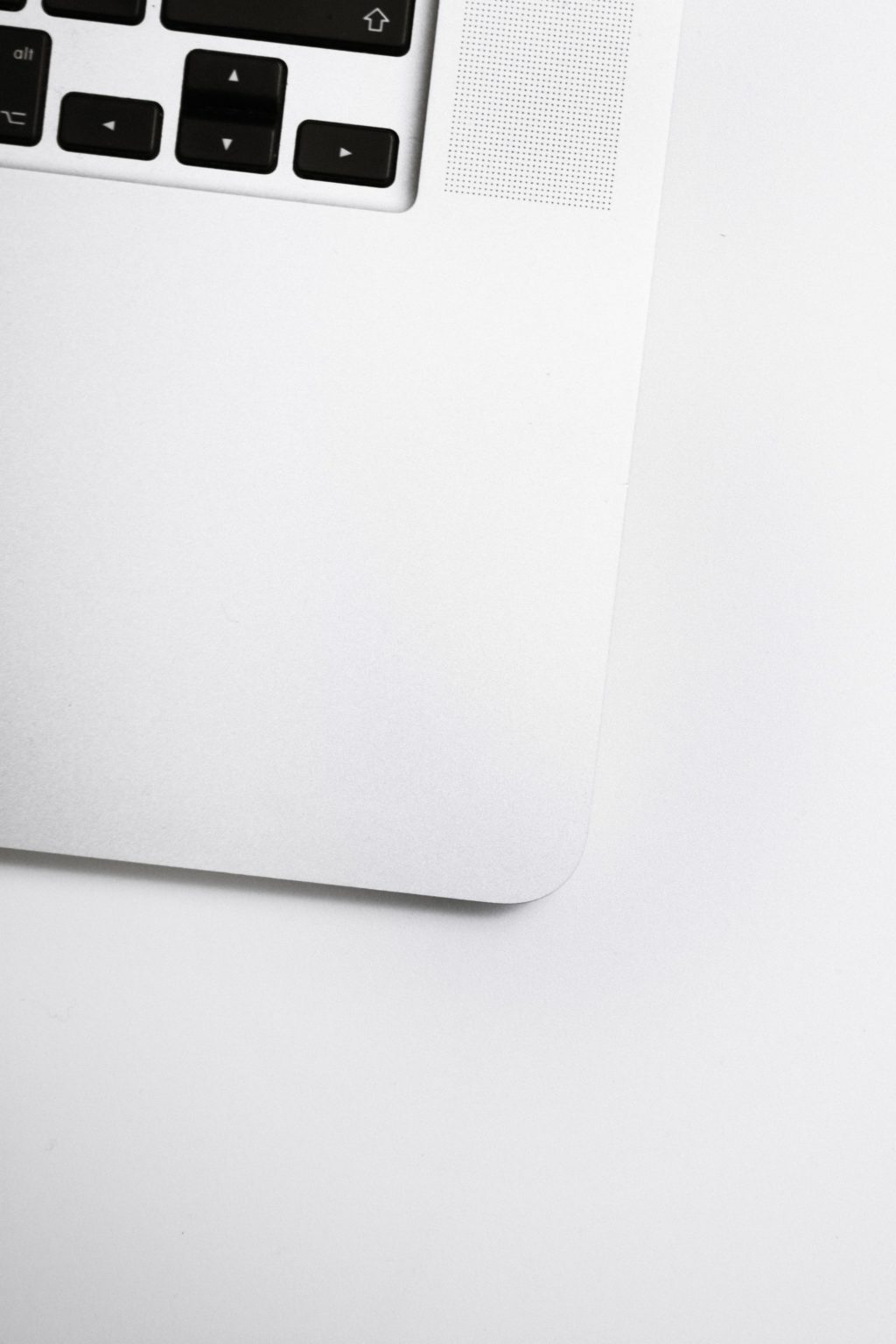
If you want your backdrop to be pure and completely white, then you’ll need it to be 2 stops brighter than the subject you’re shooting.
This means if you want to shoot your subject at f5.6, you’ll need to have your background at f16. We told you those continuous lighting systems weren’t powerful enough!
Now, place your subject in the centre of the backdrop. If you’re shooting a model you’d generally want to try and keep them around 6’ away from the backdrop.
This is because the backdrop has so much light on it, that it can bleed onto the model, producing that lens flare look we spoke about earlier.
Now you position your ‘key light’. This is the main light that is lighting your subject and is located to one side. This is going to be the main light for lighting your subject.
Try and make sure that the light on your subject is reasonably flat, so we aren’t seeing harsh, long shadows.
The key here is that we’re trying to produce flat lit, bright images, without too much contrast.
After this, you place your fill light on the opposite side of your subject. This light needs to be set at least one stop lower than your main key light.
The purpose of the fill light, as the name suggests is to ‘fill in’ any harsh shadows and light the opposite side of the subject.
And that is the very basics of how to set up your lighting. It is VERY unlikely you’ll get it ‘just right’ first time out of the bag and it is always worth having some reflectors to hand, so you can experiment with how the light is falling on your subject.
Just keep tinkering until you get it perfectly lit for your tastes.
It’s worth noting that using a tripod can make working in a studio SO much easier, although they’re not to everyone's taste.
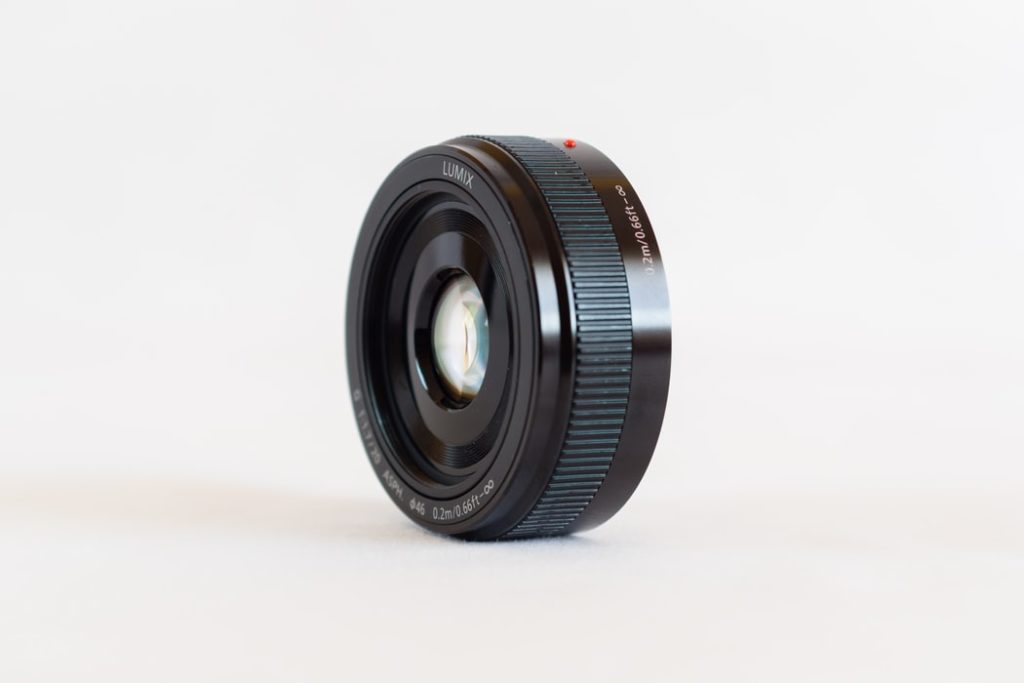
Camera Settings
For this type of photography, you will need to be shooting manual.
Your shutter speed will need to be around the 1/100th of a second and the aperture at a minimum of f5.6, ideally f8.
F8 on a 50mm lens, with focus on the eyes, will give you pleasing sharpness front to back, if you’re shooting a model.
Obviously, if you’re shooting a product, you may want an even higher aperture.
In terms of ISO setting, you want to be shooting at low ISO, not more than 100 if you can.
We ONLY want the flashlight and faster ISO’s will start to pick up the ambient light in the studio space or even of the modelling lamps.
Of course, shooting a low ISO also means you won't have any noise on the images, just pure, crisp images…
If this is something you’re going to be doing regularly, it really is worth investing in a flash meter.
Flash meters are a little old school now, but it is still the best and easiest way to work out exactly how much light is falling on each part of the subject and the background.
Honestly, if you’ve invested in all the studio flash, it really is worth investing a little more in the flash meter.
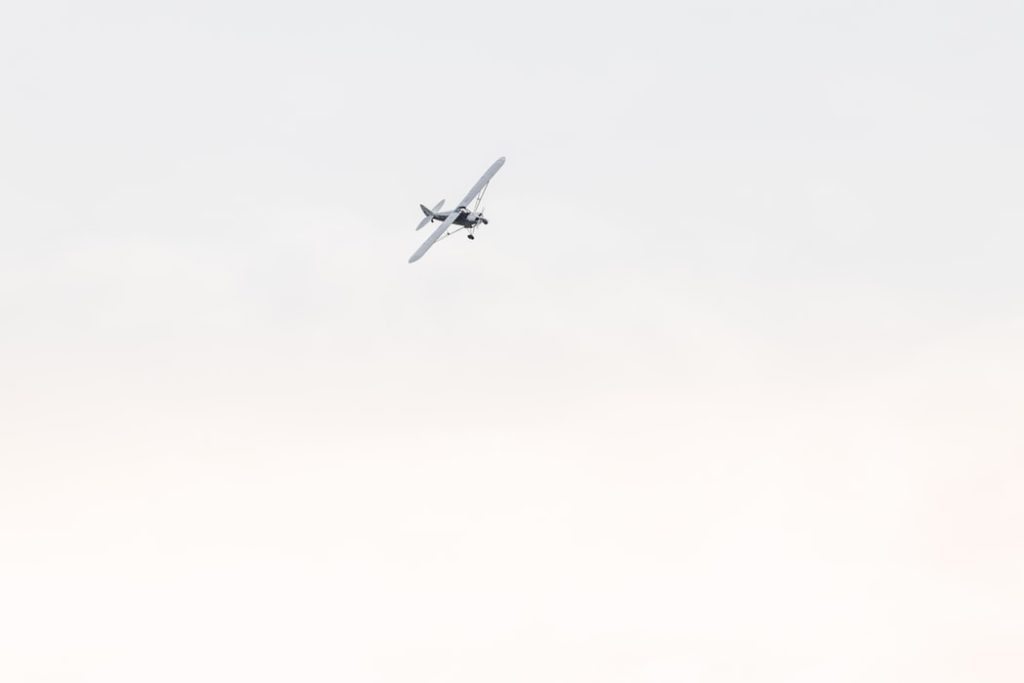
Final Thoughts
High Key photography really isn't easy, in fact, it’s probably the hardest light set up to get just right…
It is, however, the most rewarding lighting that you can set up and produces some of the most visually stunning images.
This little tutorial has given you the beginnings of how to create beautifully executed High Key images, now it’s down to you to practise, tinker and work out how you want YOUR images to look.
Further Reading
- Bite Size Tips: What Is High Key Lighting And How To Set It Up
- How to Use High Key, Low Key and Moderate Adjustments for Creative Photographs
- Creating a High Key Landscape Using Lightroom in 6 Simple Steps
- 16 Radiant Examples of High Key Photography
- Getting Started With High Key Portraiture






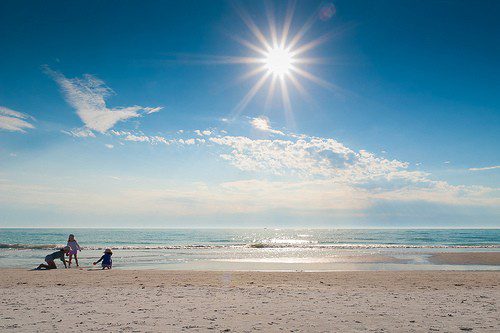
1 Comment
Very helpful detailed information. Thanks, Federico.